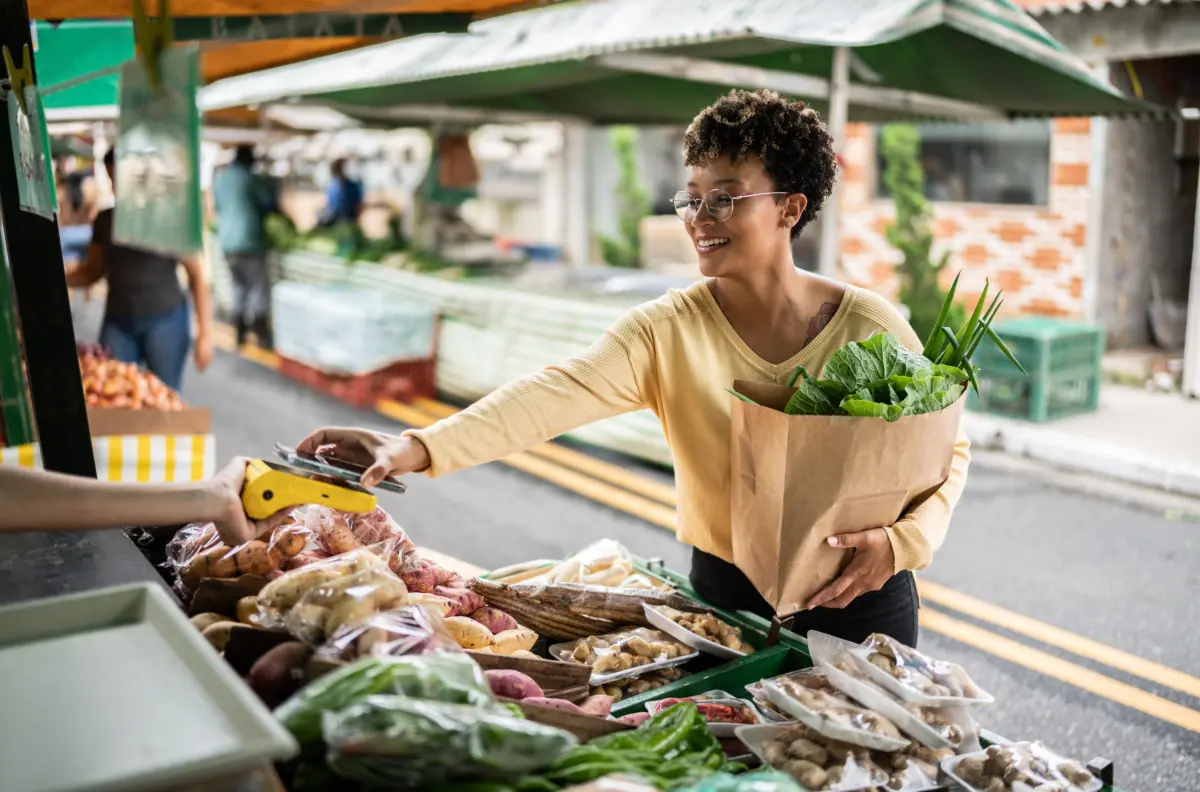How Are Companies Marketing Sugary Drinks?
On average, kids in the United States will see dozens of advertisements every single day, many for sugary drinks and junk food. And children are being exposed to more ads for sugary drinks than ever before, a growing concern because sugary drinks are the single largest source of calories in children’s diets—providing nearly half of kids’ added sugar intake.
Beverage companies spend nearly twice as much on ads for sugary drinks as they do on ads for unsweetened or diet beverages and they target Black and Hispanic youth.
- Beverage companies spent $1 billion in ads in 2018, disproportionately targeting Black and Hispanic youth.
- Black children saw 2.1 times as many sugary drink ads compared to white children in 2018.
- Beverage companies spent $84 million in ads on Spanish-language TV for soda, sports drinks and energy drinks in 2018—up 80% since 2010.
These ads and the billions of dollars behind them are part of a strategic marketing campaign by the food and beverage industry to get kids hooked on their products.
Their tactics come straight from the tobacco playbook—and kids of color are most frequently targeted. This is especially concerning because sugary drinks are a major contributor to obesity, diabetes, and other chronic health conditions that disproportionately impact Black and Hispanic children.


